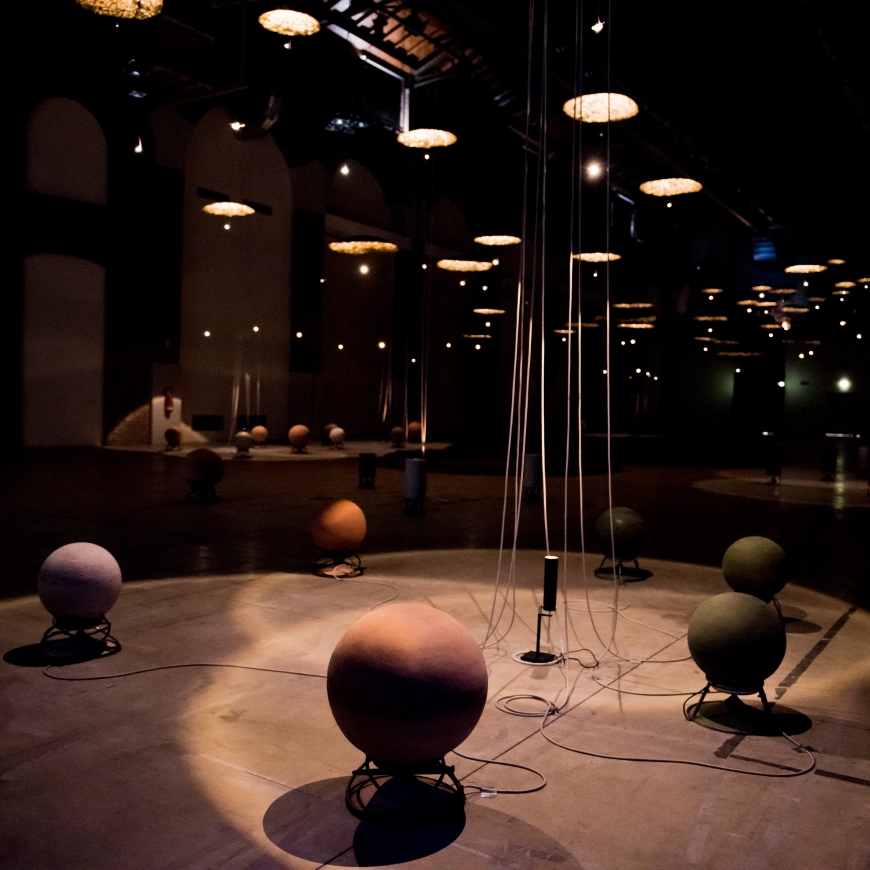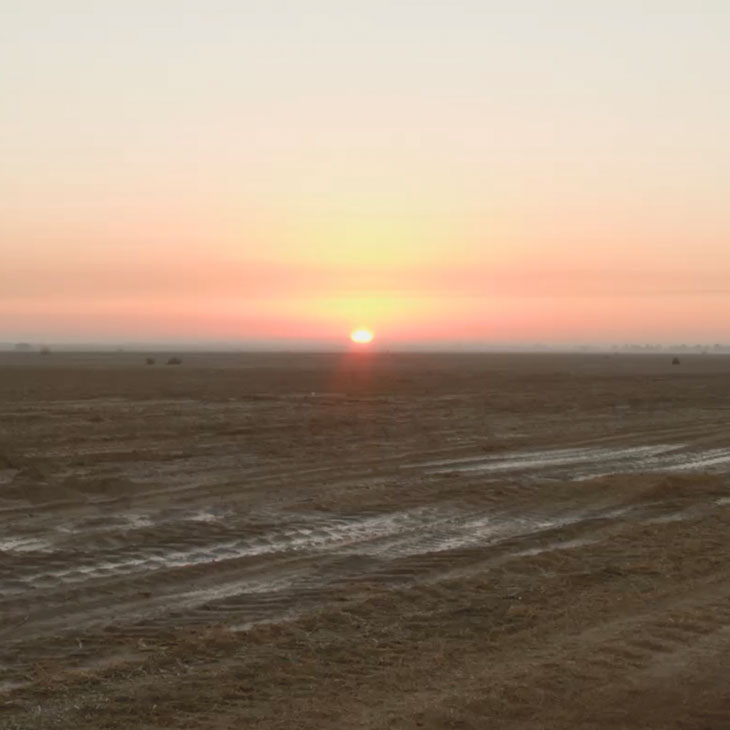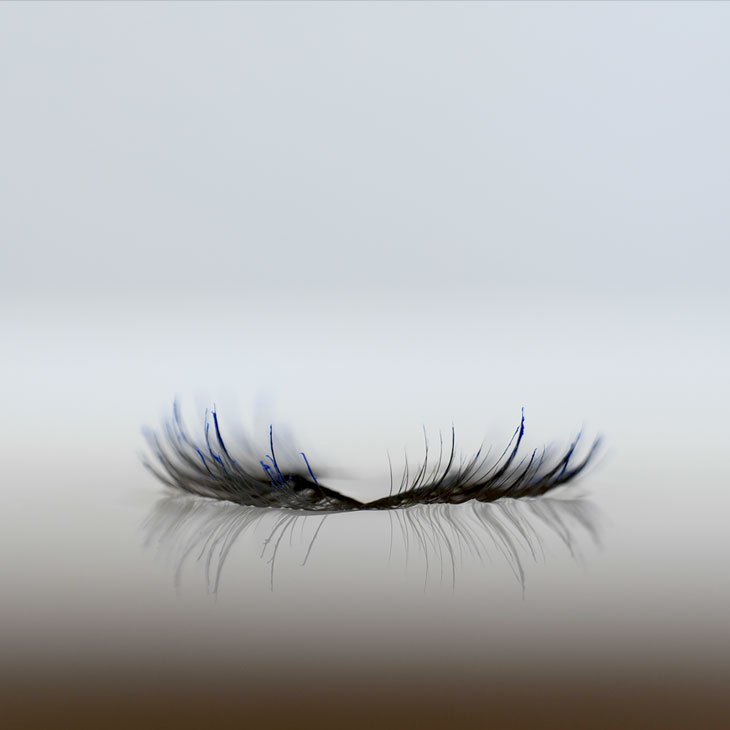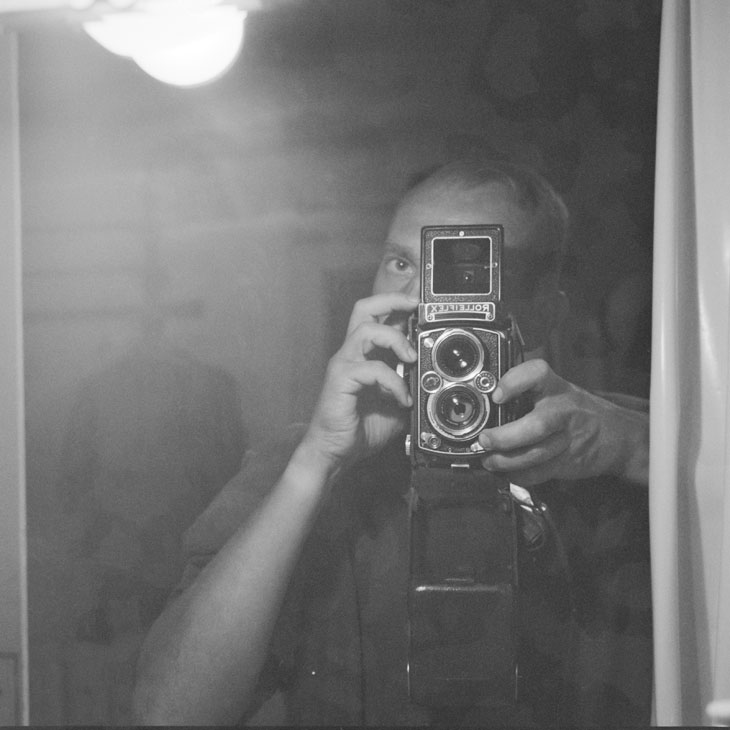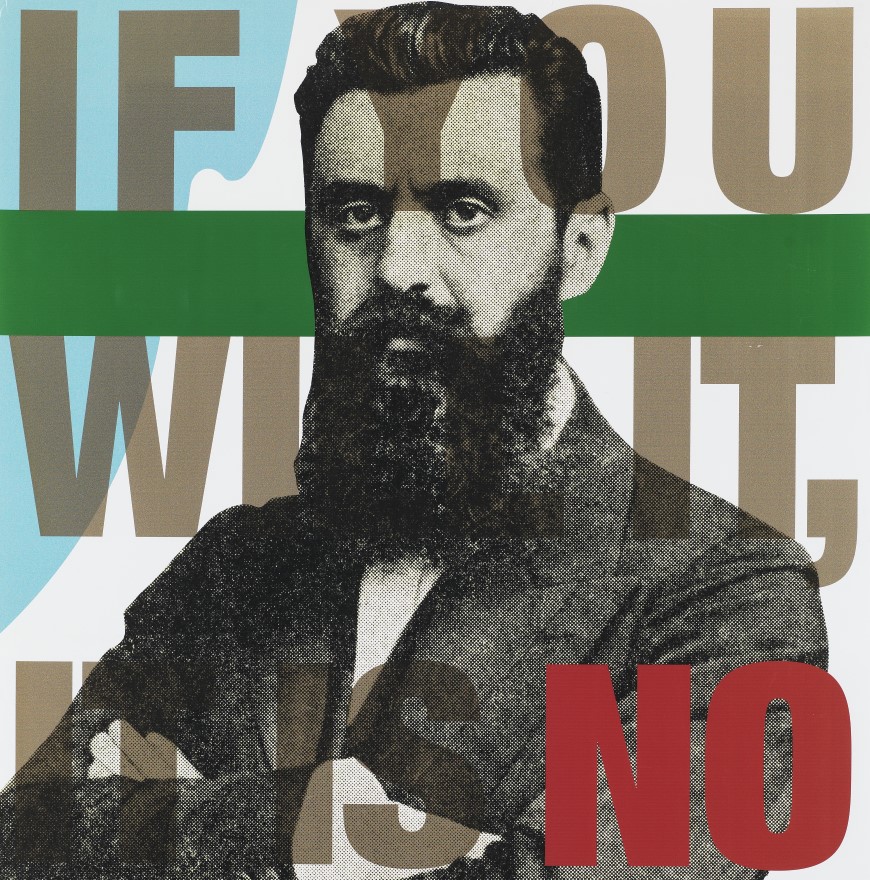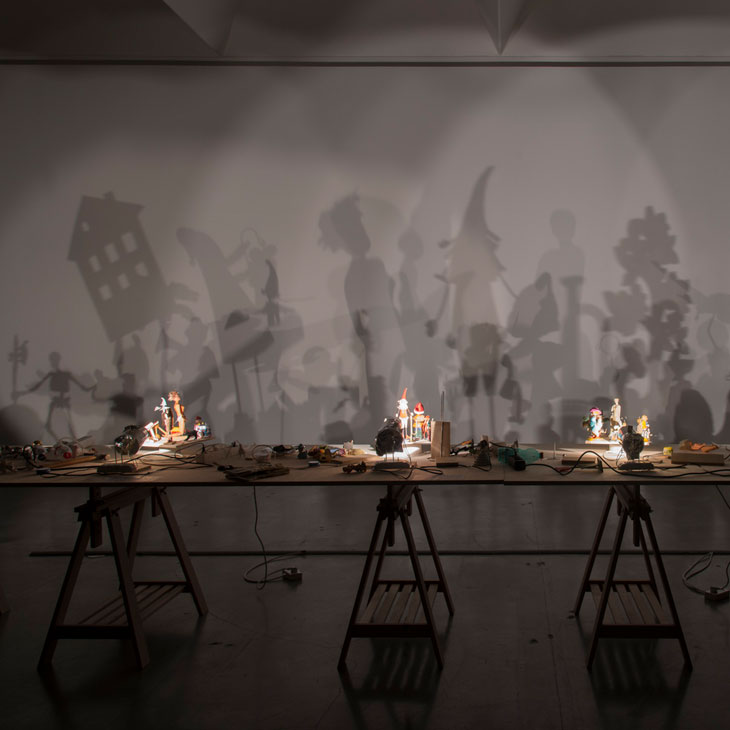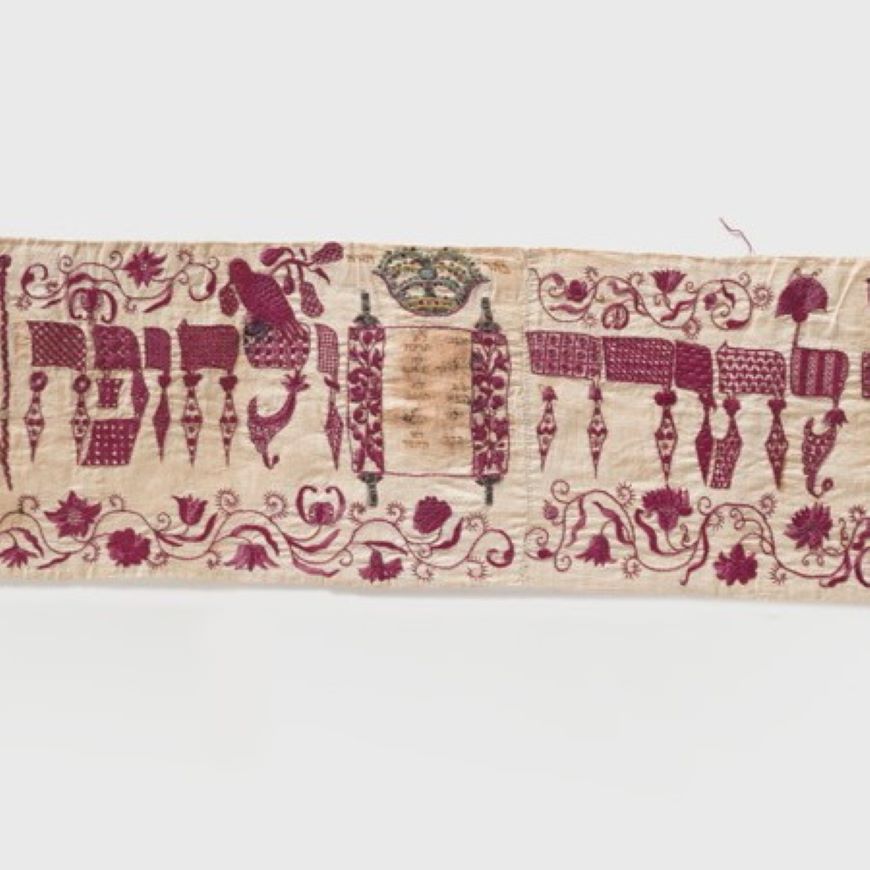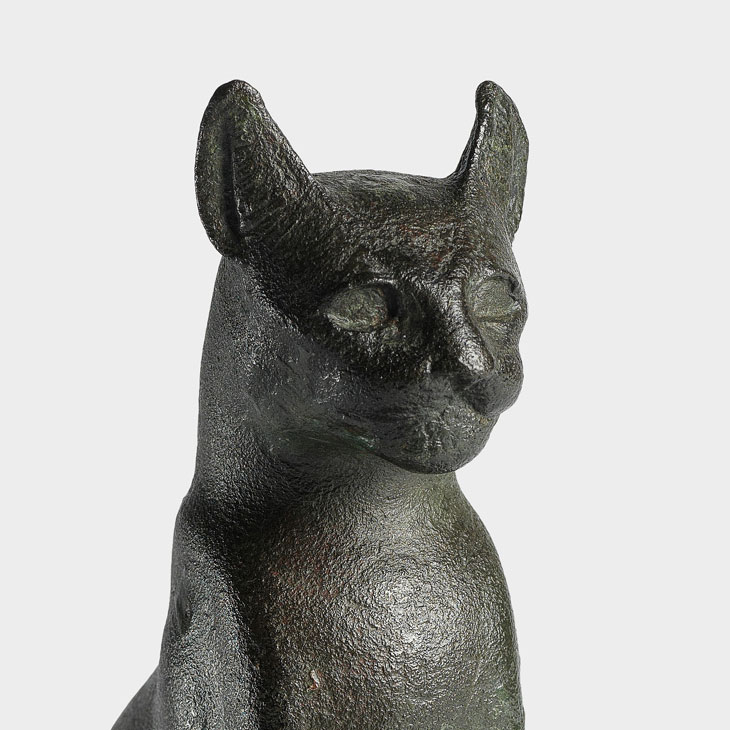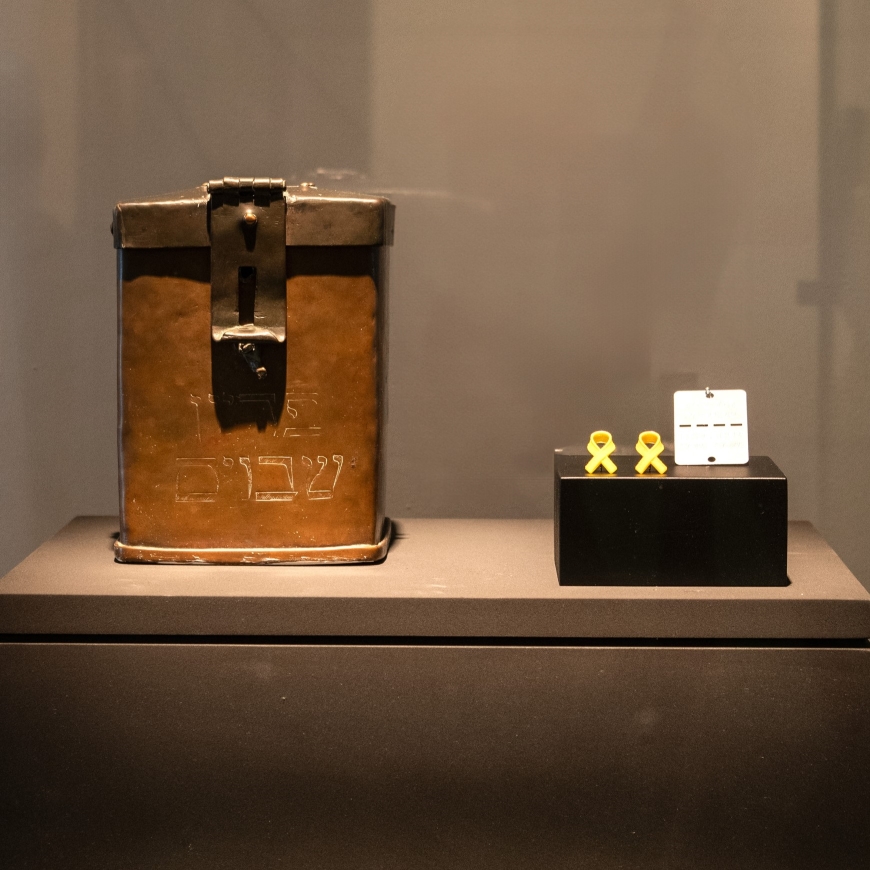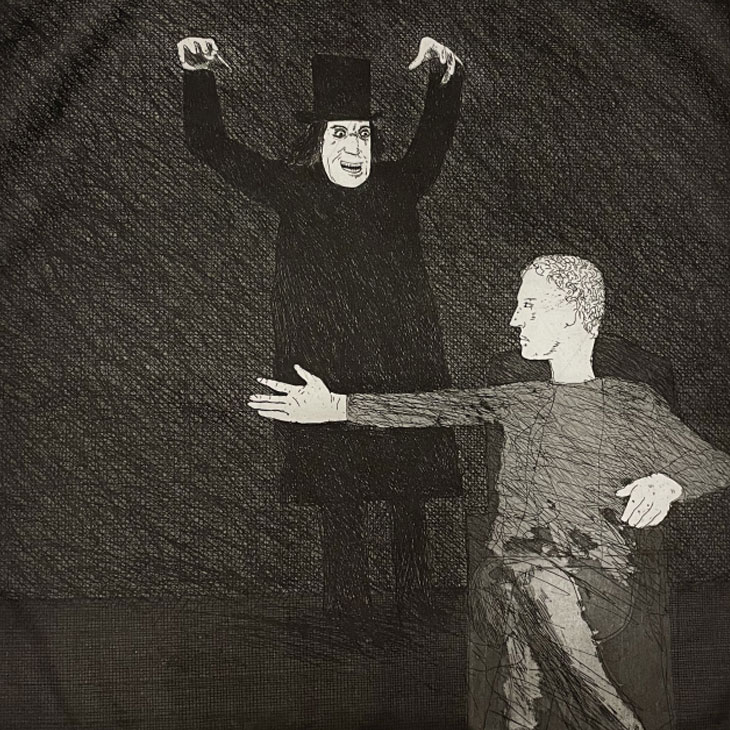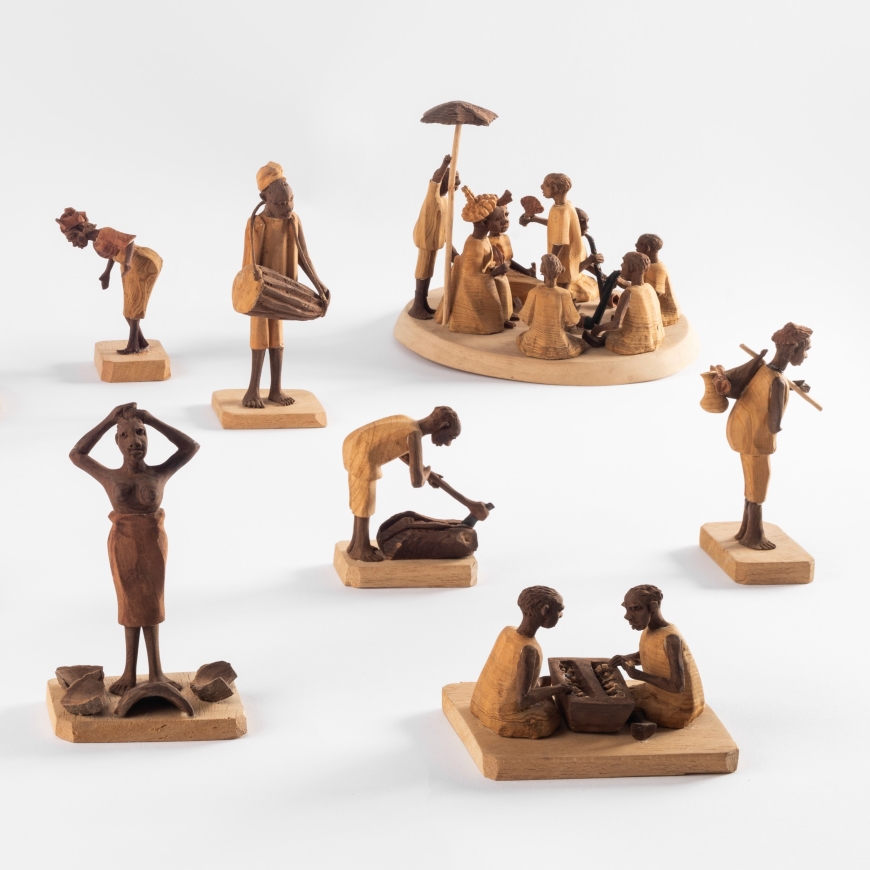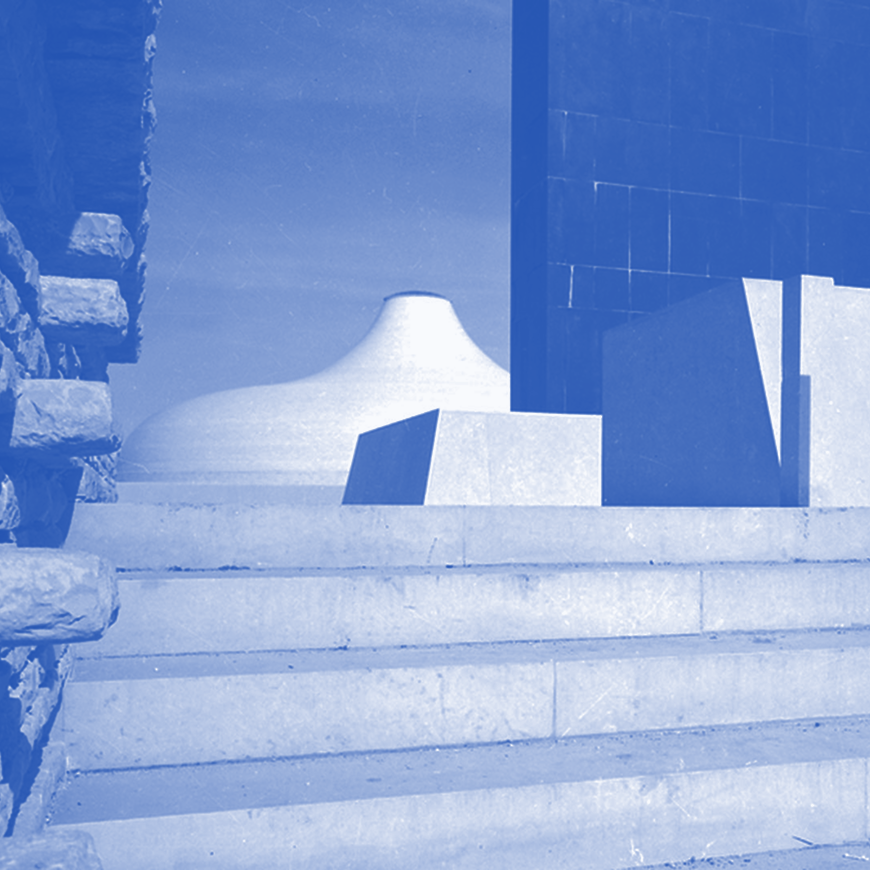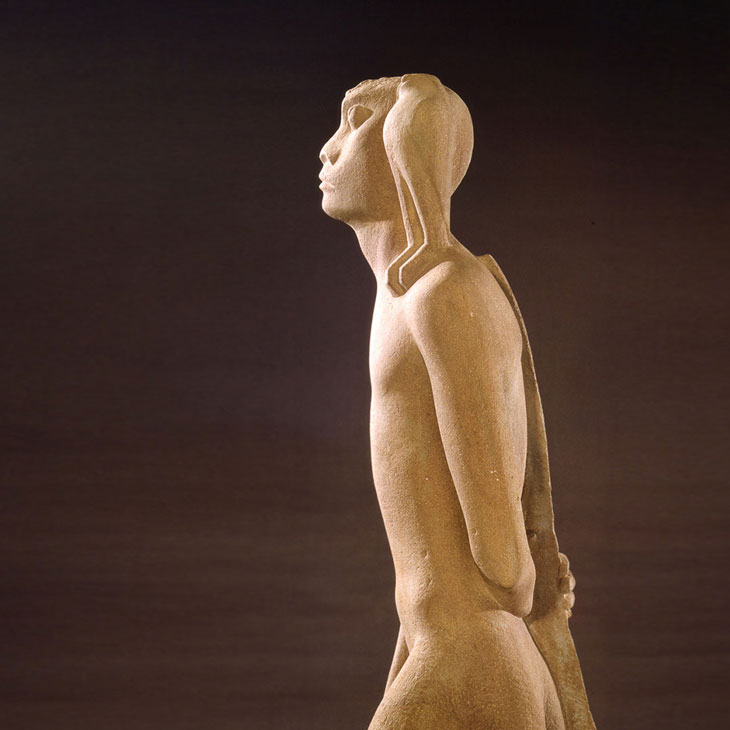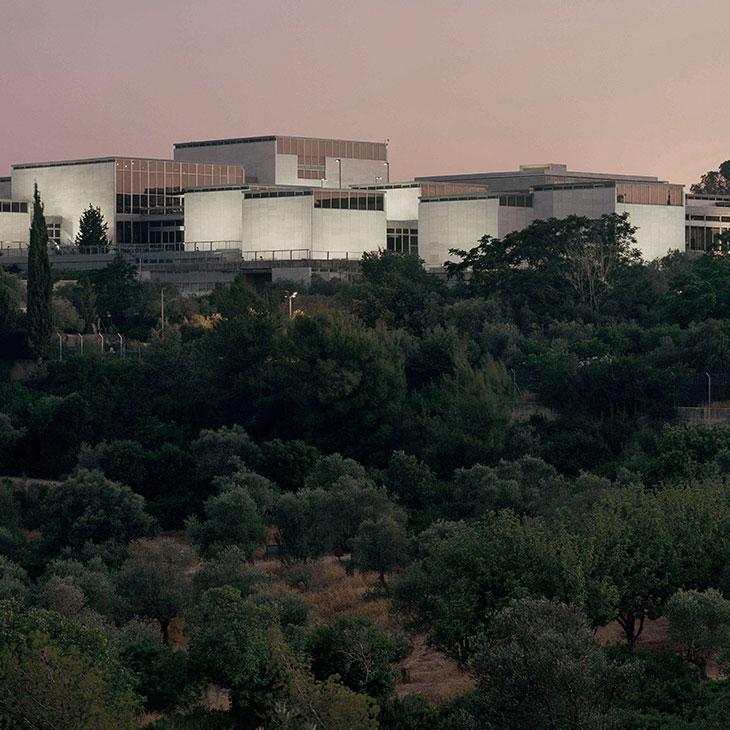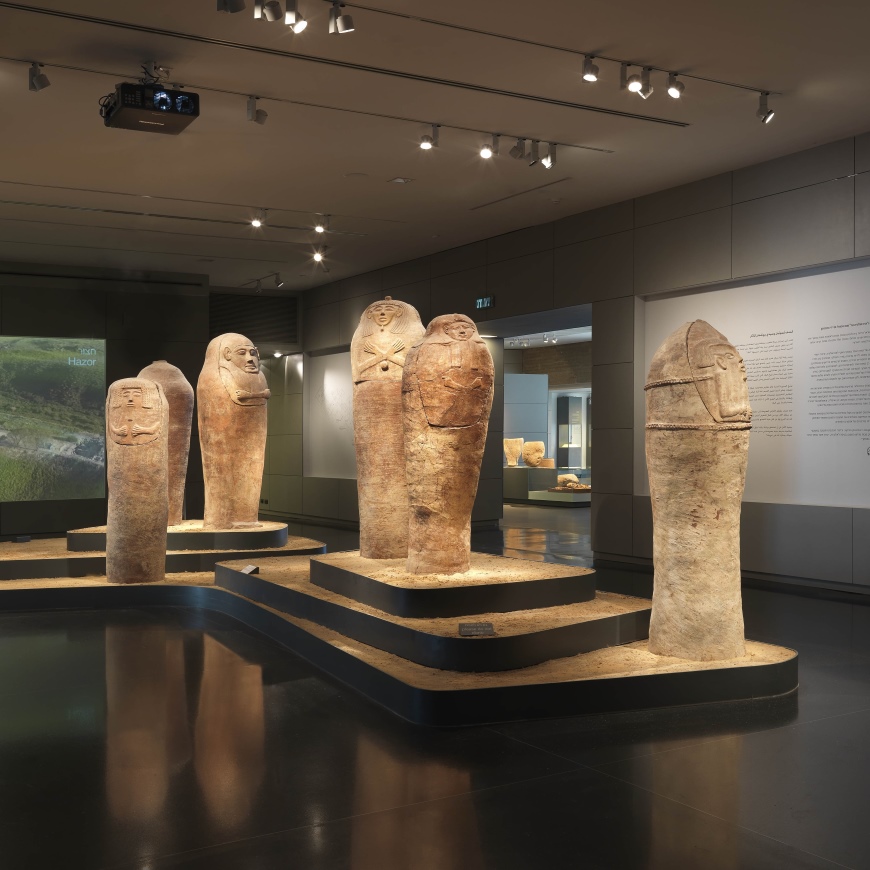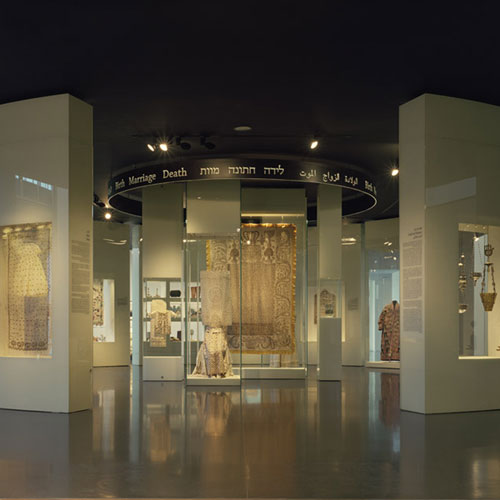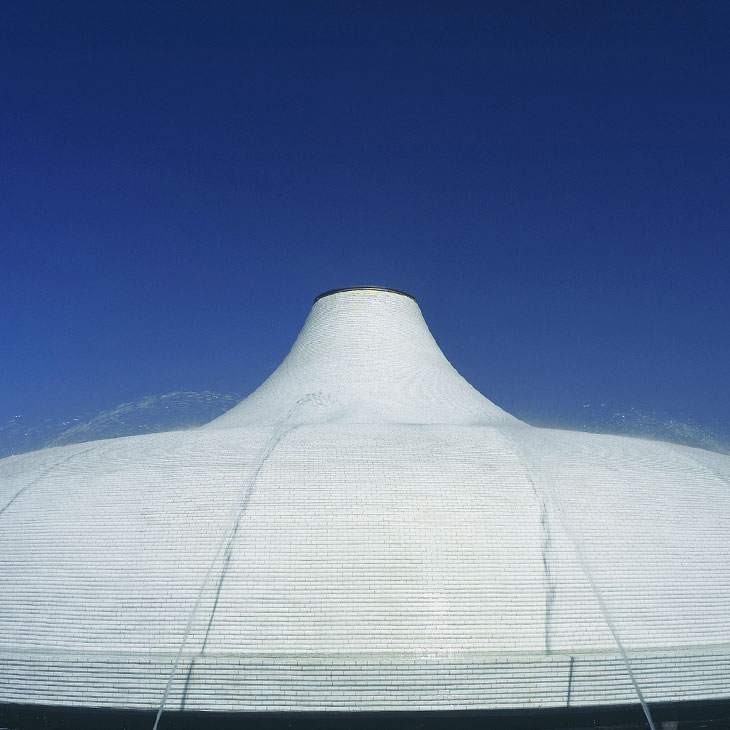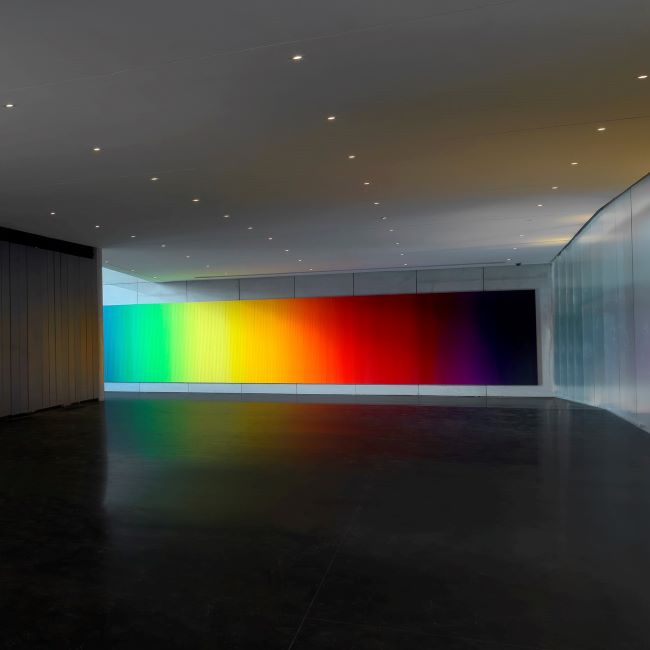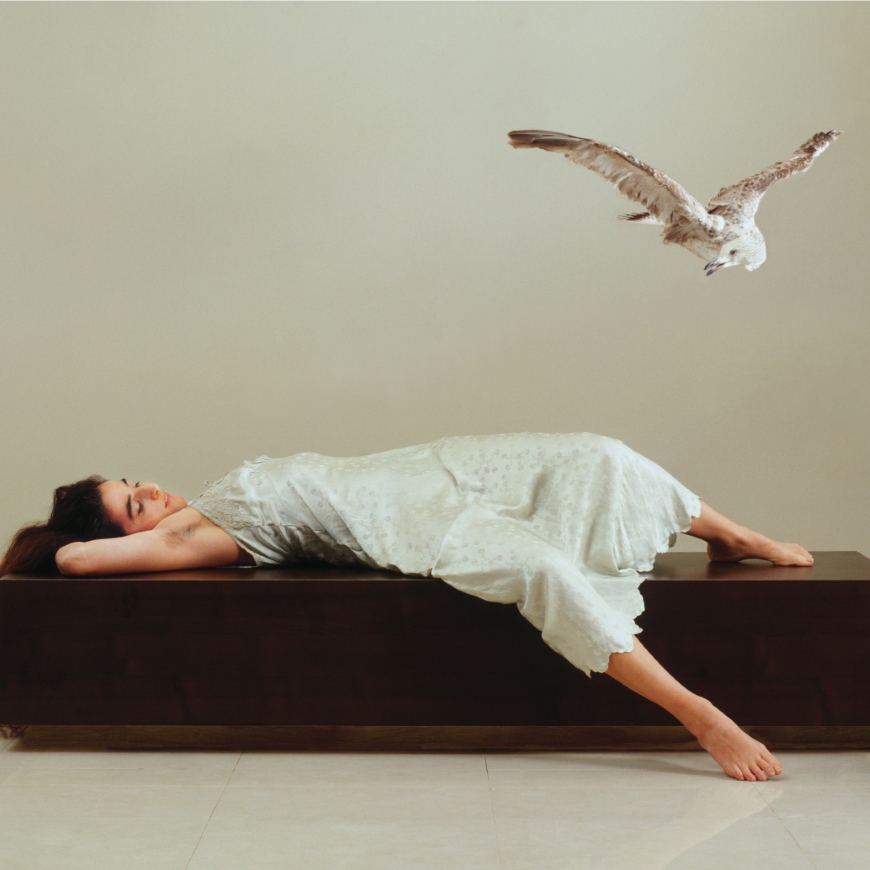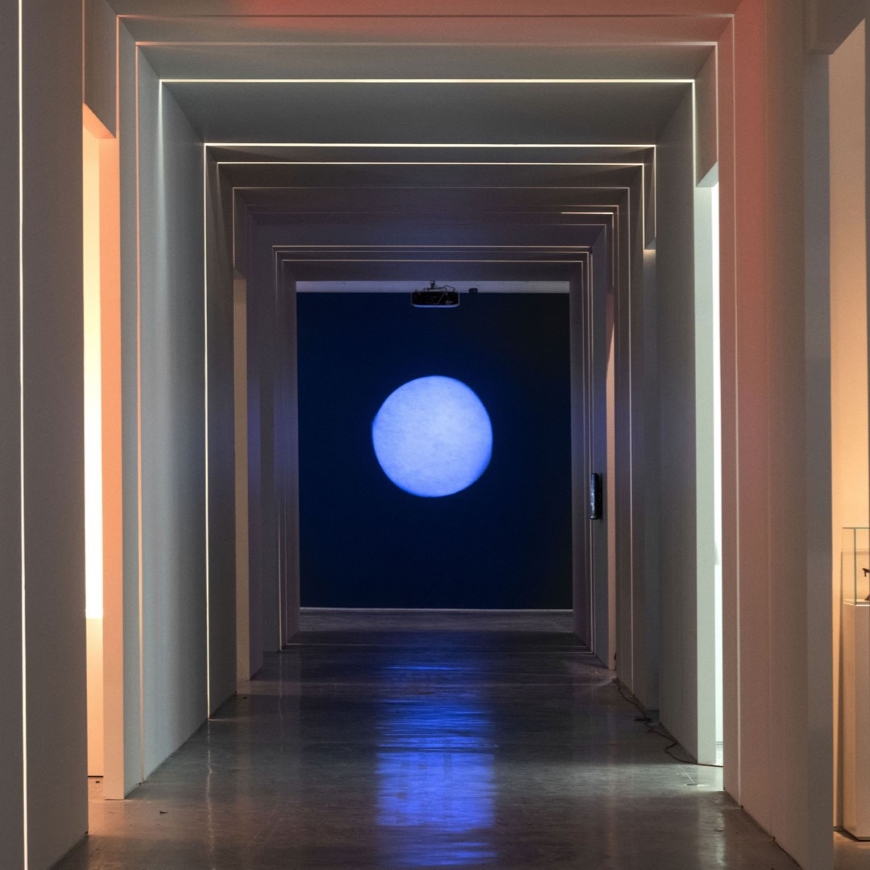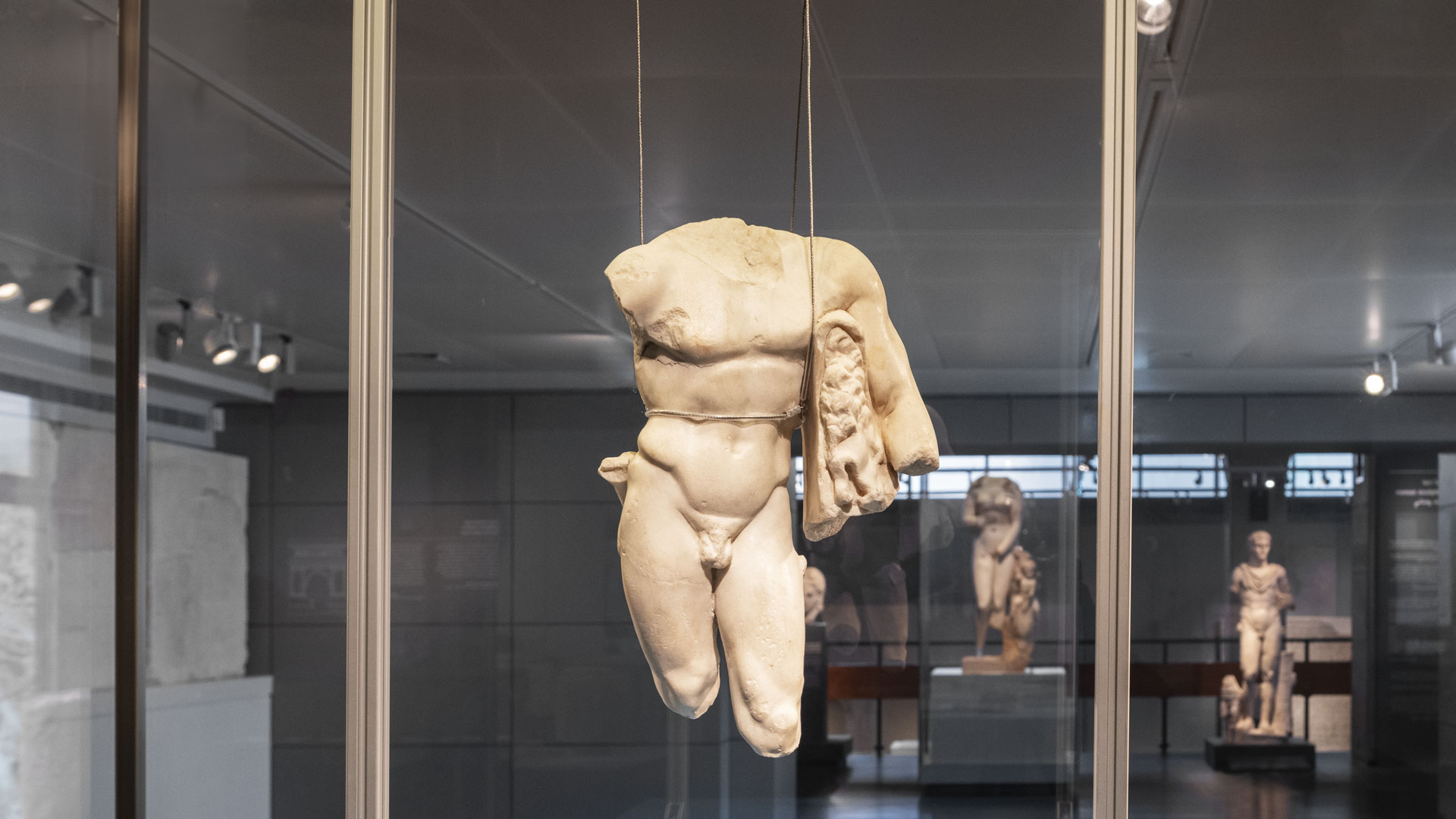
Heracles and the Apples of the Hesperides
Special display
-
September 1 2024 - January 29 2025
Curators: Rachel Caine Kreinin and Dudi Mevorach
Designer: Rivka Meyers
-
Roman Gallery, Bronfman Archaeology Wing
Heracles – mightiest of the Greek heroes, ancestor of the imperial families of Rome, divine champion of the Olympian gods – was son of the god Zeus and the mortal Alcemene. Exhibiting extraordinary strength and wisdom from childhood, he was clearly destined to greatness. But Hera, Zeus’s jealous wife, resented him because he was the product of her husband’s infidelity. She induced madness in Heracles, causing him to slaughter his beloved wife and children.
To atone for this terrible crime, he became the servant of king Eurystheus, who assigned him twelve seemingly impossible labors. After succeeding at all twelve, Heracles was granted immortality and joined the gods on Mount Olympus.
In this delicate, fragmentary statuette, Heracles stands still and exhausted following the completion of his eleventh task: bringing his master the golden apples that were guarded by the Hesperides (nymphs of evening and the light of sunsets) and by Ladon the hundred-headed dragon. Heracles leans wearily on his club, which is cushioned with his signature skin of the Nemean lion, his first labor. Behind his back, he holds the stolen fruit in his right hand.
The statuette is one of many copies of a lost bronze masterpiece by the Greek sculptor Lysippos, which became immensely popular in the ancient world. In his innovative works, Lysippos broke the standard frontal gaze, infusing his figures with dynamic movement and inviting the viewer to examine them from every side. In this case, viewers must go around the sculpture to discover the treasured objects that caused Heracles’ weariness.
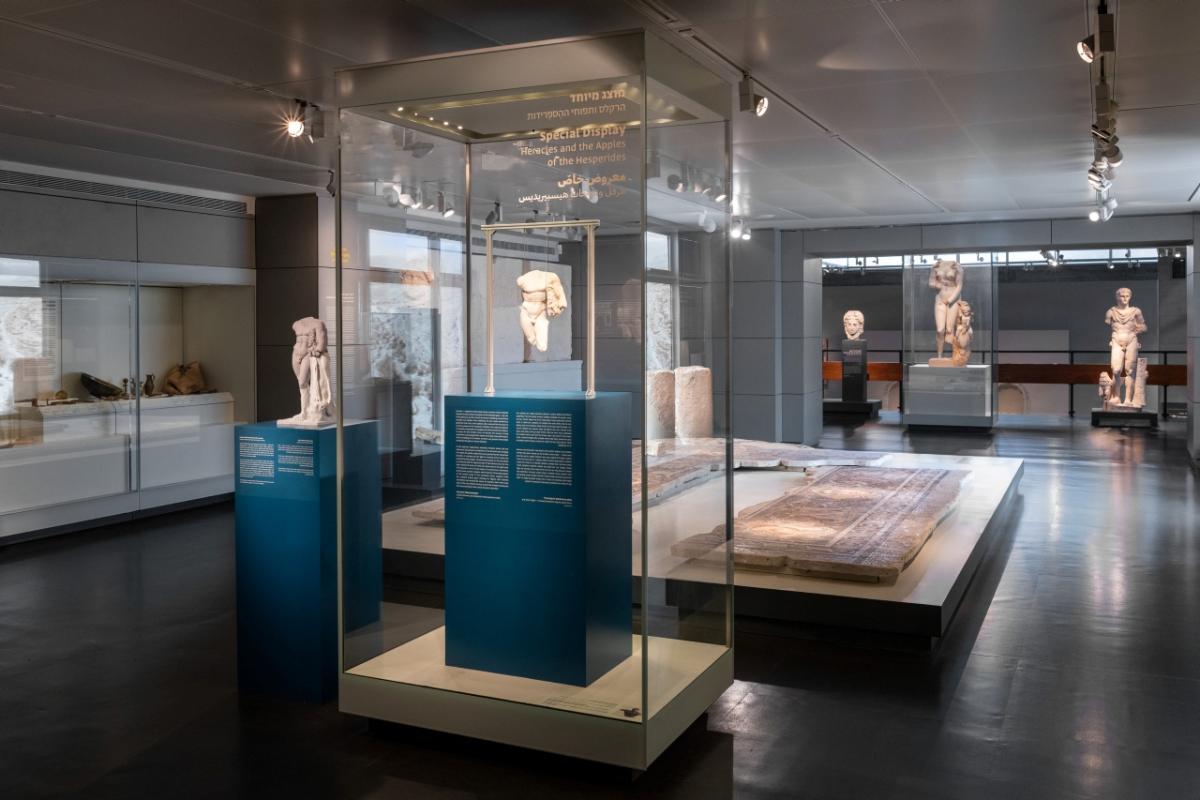
Torso of a “Weary Heracles”
Horbat Tarbenet, Late Hellenistic-Roman period, marble
Photo: © The Israel Museum, Jerusalem, by Zohar Shemesh
- May 01
- May 01
- Apr 26May 02May 03May 09May 10May 16May 17May 23May 24May 30May 31
- May 03May 10May 17May 24May 31
- Apr 21Apr 24Apr 28May 05May 08May 12May 15May 19May 22May 26May 29
- Apr 21Apr 28May 05May 12May 19May 26
- Apr 21Apr 24Apr 28May 05May 08May 12May 15May 19May 22May 26May 29
- Apr 22May 06
- May 06May 27
- May 06
- May 06
- May 06Jun 10
- May 08May 15May 22May 29
- May 08May 15May 22May 29
- May 08May 15May 15May 22May 29
- May 08
- Apr 24May 08May 15May 22May 29
